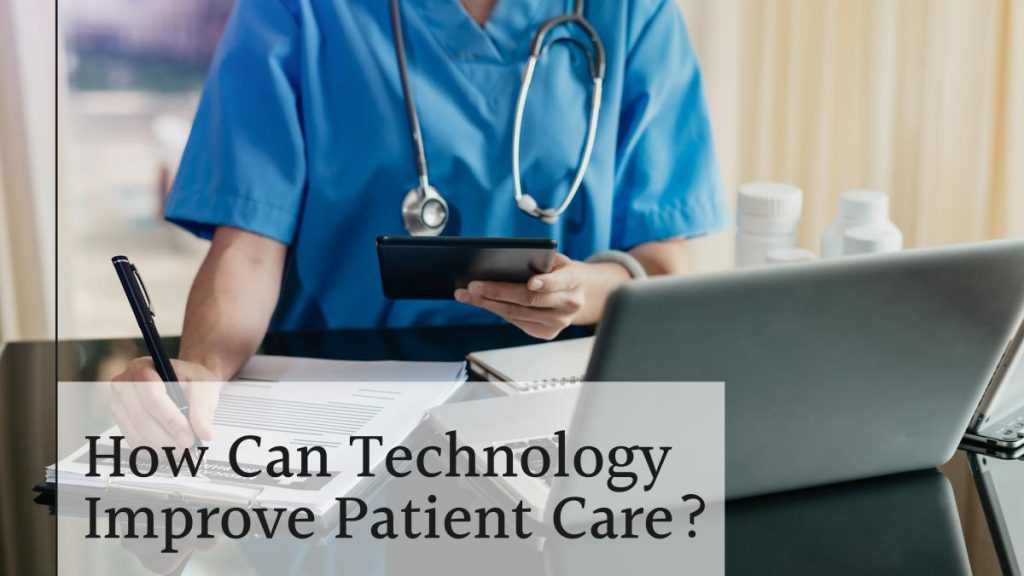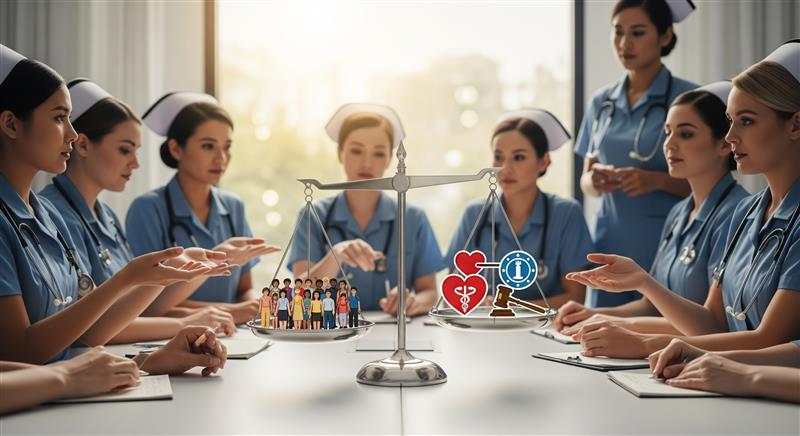- Oak Brook:(630) 705-9999
- Chicago:(312) 920-8822
- Email:inquiry@vervecollege.edu
- Make a Payment
- Home
- Programs
- Admission
- Resources
- ATI Entrance Exam Resources
- New E-Digital Library
- Refer a Friend
- School Newsletter
- Events
- Employers
- Job-Network
- Alpha Beta Kappa Candidates
- Verve College Library
- Graduation and Pinning Ceremony Photo Galleries
- Textbook Information
- Career Services
- Tutoring
- School Catalog
- FAQ
- Constitution Day Program
- Alumni
- Verve College Plans
- Financial Aid
- HEERF Reporting
- Satisfactory Academic Progress
- Apply For Financial Aid
- Net Price Calculator
- Return of Title IV Funds (R2T4)
- Financial Aid Office Code of Conduct
- Contact
- FAQs
- Verification Policy
- Vaccination Policy
- Student Right-to-Know Act
- Misrepresentation
- Information Security Program
- Academic Award Year
- Availability of Employee
- Cost of Attendance
- Health & Safety Exemption Requirement
- Students Rights and Responsibilities
- Leave of Absence
- Pell Formula
- Military Students
- Grants/ Scholarship Policy
- Contact Us
- Testimonials
- Blog
Is a Nursing Career Right For You?
Take The Free Quiz
How Can Technology Improve Patient Care?
How Can Technology Improve Patient Care?
Technological advances have a vital role to play across industries. The use of new technology to enhance patient care in hospital settings is nothing new in health care; the industry has long used such innovations, such as augmented reality. Such assistance helps patients through treatments with better safety standards of care in healthcare facilities.
Introduction
Medical providers and healthcare organizations prioritize providing a high-quality care continuum to all their patients, whether that means treating an elderly adult with cancer or treating children suffering from colds. No matter what their physical or mental challenges may be, each deserves top care from healthcare workers.
Digital health technology could have a dramatic effect on the rising healthcare costs that many are currently facing. Here are a few examples of how physicians, nurses, surgeons, and healthcare experts can utilize technology to enhance & improve patient care. You can learn more about patient care through LPN programs.
Reduced Medical Errors
Medical errors are defined as unintended actions which fail to achieve their intended goal and create unexpected repercussions, although medical experts in the healthcare sector strive for quality care delivery. Unfortunately, medical errors remain an unfortunate reality that often can’t be eliminated for patients at risk.
Medical errors include medication errors as well as more drastic ones such as transplant errors. Prescription errors can have serious repercussions for patients. Medical alerts and clinical flags provide medical professionals with guidance in choosing medications that are safe to prescribe to their patients.
Read More:- Role of Wound Care Nurse in Healthcare
Many solutions play an active role to reduce critical errors for patient safety issues. Several biometric touchless patient identification services, which healthcare providers trust for patient identification across their continuum of care, help prevent mistakes such as duplicate records or patient mix-ups.
Enhancing Drug Safety
It is the physician’s obligation to ensure their patients receive the appropriate drug at an adequate dosage level without interaction among medications. Prescriptions may be made safer using electronic systems to improve patient care.
Cloud-based solutions make it simpler for doctors to determine the appropriate medication to treat an individual patient’s illness or disease more quickly, decreasing miscommunication between prescribers and pharmacies and helping ensure patient compliance with prescribed dosage regimens.
Remote Patient Monitoring
Remote patient monitoring can be an invaluable way of effectively managing chronic illnesses such as COPD, hypertension, stroke, and heart failure. Patient data management systems (PDMSs) enable healthcare providers to remotely track a patient’s condition, interpret data collected, and decide upon an optimal medical course of treatment for them and keep patients safe.
PDMS helps physicians make more brilliant decisions by seamlessly integrating into existing medical records systems for patient medical records, so physicians are free to focus on providing quality healthcare rather than on paperwork or charting tasks.
Accessibility of Virtual Care
As more people remained indoors due to pandemic symptoms, traditional appointments for health care became difficult for patients due to exposure risks when booking appointments. Booking appointments was a challenging endeavor as patients considered all possible outcomes of exposure before scheduling them.
Telehealth apps have quickly gained in popularity, providing patients with access to physicians via telephone or video conference consultation. Telehealth revolutionized health care provision since patients could now access care at their convenience in their home environment.
Improved Lines of Communication
Improved communication technology allows doctors and patients to more effectively collaborate regarding medical concerns, with patient portals increasingly used by both parties to access patient records, contact physicians directly, book appointments online, etc. in healthcare settings.
Patient portals can boost engagement and ultimately contribute to positive patient outcomes. When patients remain engaged with their healthcare team and can receive quality medical treatment more readily, this increases the odds of receiving quality care while managing any medical conditions that arise. If you wish to learn more about to improve patient care in the nursing industry you should look for the best nursing colleges in Illinois to cultivate the right skill set.
Collaboration Between Physicians is Growing
Collaboration among physicians improves patient care. For example, virtual conferences come in handy if doctors reside in various time zones.
Healthcare industry technology relies heavily on collaboration tools in order to fill any gaps that exist between doctors. Recent evidence points towards an anemic nursing workforce shortage within the US; increasing collaboration tools may help make up for this deficiency.
Future of Tech in Patient Care
Health care industry must embrace more technological solutions as many individuals depend on reliable facilities to meet their medical needs.
As new technologies such as artificial intelligence (AI), the Internet of Medical Things, and augmented realities continue to advance, new applications in health will come about quickly. All medical professionals can leverage such devices and techniques for improved patient-centered care. As an aspiring nurse and healthcare professional you should look for top-notch LPN schools near me to learn and grow in the industry.
 Sign up
Sign up Login
Login




